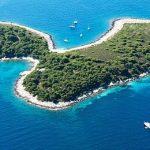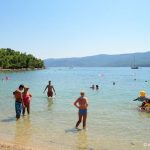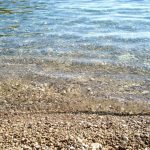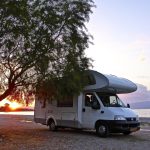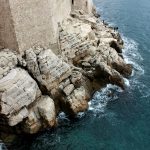Cars are an integral part of modern life. So which ones suit the island best?
Over the years, Hvar’s roads have been upgraded, and the process is continuing. However, the island is – mercifully – a long way off having a motorway. Given the layout of the terrain and the amount of land in private ownership, it is extremely unlikely- even more mercifully – that there will ever be such a thing. Hvar’s best main road boasts one lane in each direction, with only occasional extra space to the sides for stopping. On the minor roads, such as the one from Pitve to Zavala through the old tunnel, there are many places where two cars cannot pass each other. A breakdown can leave the driver stranded blocking the lane, sometimes the whole road. Fortunately, breakdowns are uncommon, and there are efficient pick-up services at very reasonable cost when needed.
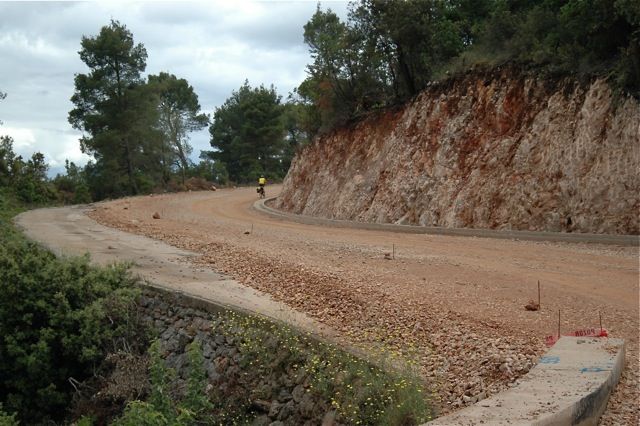
Some twenty-five years ago, the main road linking Stari Grad to Hvar Town was still on the drawing board. I remember a lively, not to say heated public meeting in the Gradska Kavana (Town Cafe) in Jelsa, where it seemed half the island’s population had turned up to have their say about the proposed route of the new ‘highway’. This was in the last days of Socialist ex-Yugoslavia, and I was impressed by the democracy of the process as people expressed their feelings loudly without fear or favour. As the current road-building programme unfolds, I can’t help regretting that there hasn’t been more public consultation. It would have been nice to be able to put in a plea for pedestrian paths and cycle tracks, which are sadly lacking and sorely needed.
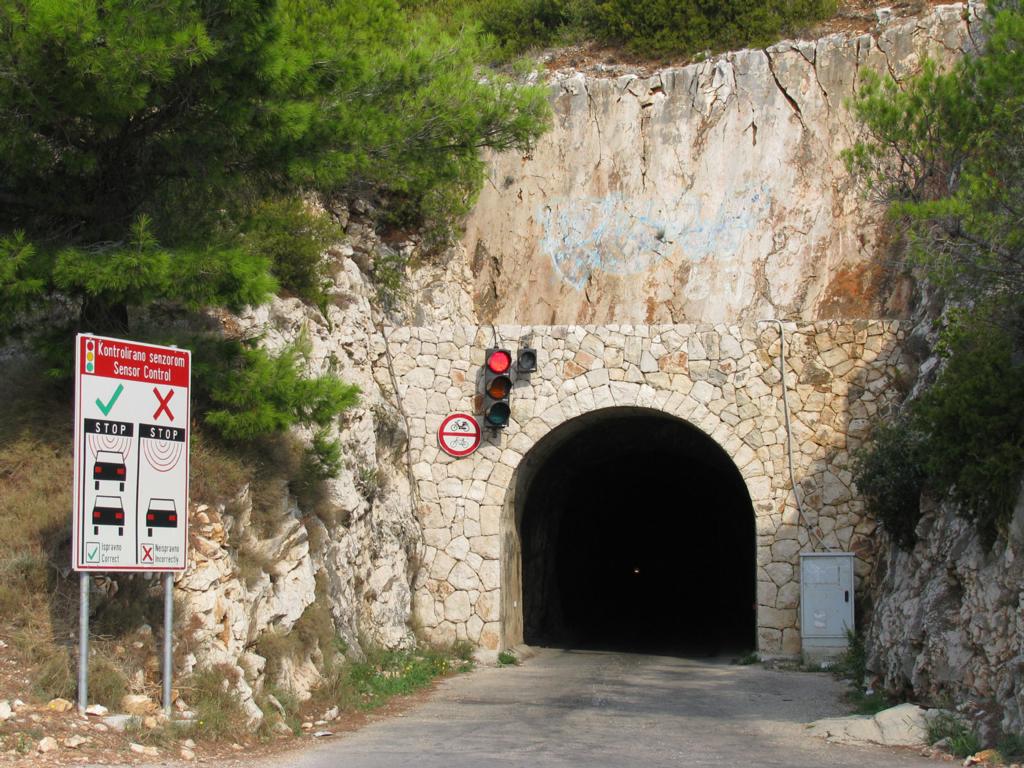
The Gradska Kavana is an empty neglected space on the waterfront nowadays, but the new road and the smart Dubovica – Selca tunnel did get built, despite being delayed by the 1991 – 1995 Homeland War. The new link relegated the somewhat terrifying old route up across the top of the hills to the secondary role of serving the upland villages, providing a scenic route for tourists, and a tough demanding course to excite the keenest cyclists.
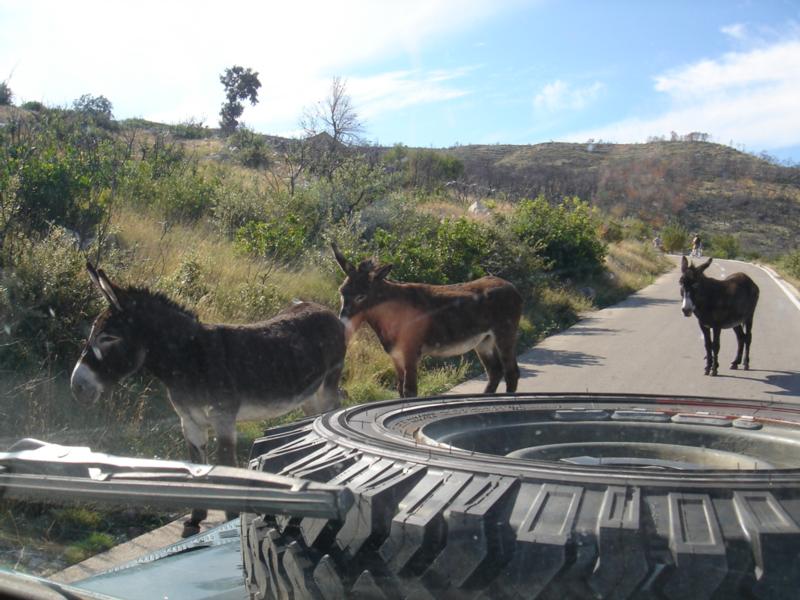
With increasing affluence, locals and tourists alike are bringing bigger and faster vehicles on to Hvar’s roads. Drivers new to the island often experience difficulty negotiating some of the narrow winding roads, especially if they are impatient. As the worst roads dictate that one has to drive carefully, accidents are rare. On the better roads, most accidents are caused by speeding, which can result in collisions or single cars running off the road, often overturning.
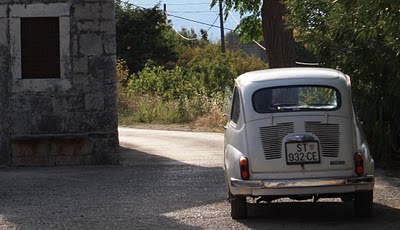
So what’s the best vehicle for the island? Of course the answer depends on individual needs. Young men on Hvar as everywhere else might yearn for shiny sporty cars to impress their mates or the young ladies. Ladies, young and old, tend to opt for more practical vehicles which can carry families, shopping and pets.
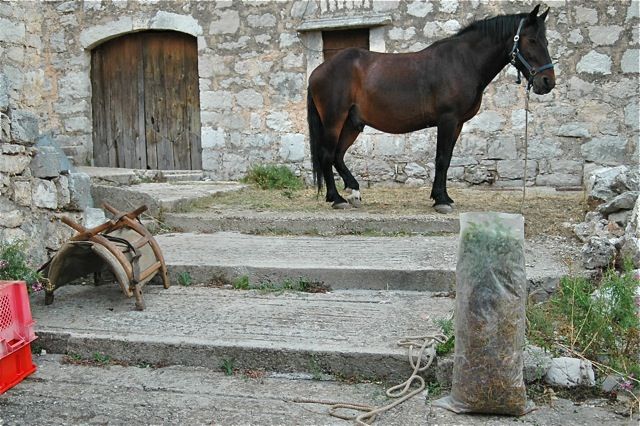
There are several factors dictating which are the most practical vehicles for the island. Specially prized are those which can go down narrow, uneven, often unmade tracks into the fields, down to secluded bays and up to the more inaccessible areas in the hills. Once upon a time horses, mules and donkeys fulfilled the role. Now 4 x 4 off-roaders have largely replaced them, although some farmers still use animals where possible. But a shiny new expensive 4 x 4 will quickly get spoiled, if nothing else by scratches from the thorny hedgerows. So the best option is an old but reliable vehicle whose appearance doesn’t matter. Many ancient Yugos and little ‘Fićas’ (Fiat 500s made under licance as Zastava 750s between 1955 and 1985) are still going strong on Hvar, but arguably the most popular workhorse car is the Renault 4.
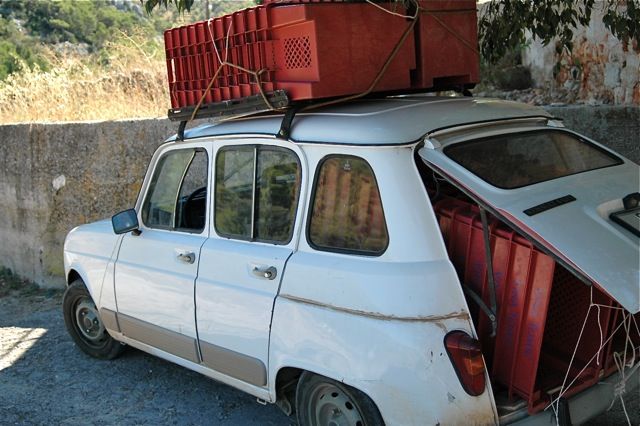
People who were lucky enough to have bought or inherited one of these long-serving stalwarts usually keep them until they give up the ghost. Second-hand ones tend to be a poor bargain, although you might be lucky. For a modern equivalent, most people have turned to the Lada Niva. It’s a car which can be described as basic, no frills, no elegance, but a great capacity for work. It carries reasonably big loads inside, on the roof or in a trailer, and grinds its way along the worst terrain with dogged determination. It’s probably not built to be as durable as the older workhorse cars, but it’s great while it lasts.
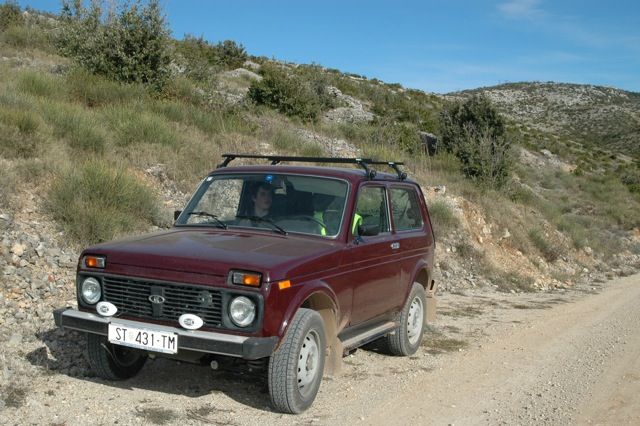
Old cars can also be fun, and one tourist company which makes full use of this is Rapidus, which runs a fleet of highly visible, beautifully restored VW Beetles for tourists and locals to rent. The VW Beetle is called a ‘Buba’ (Bug) in Croatian. One sees them rambling around the highways and byways of the island, singly or in merry groups. Wherever they are, they are a striking sight. The Donje Pitve car park becomes a blaze of gleaming colours when a convention of Beetles gathers there while the happy guests dine at the Dvor Duboković, which, as regular readers will know, has surpassed itself this year.
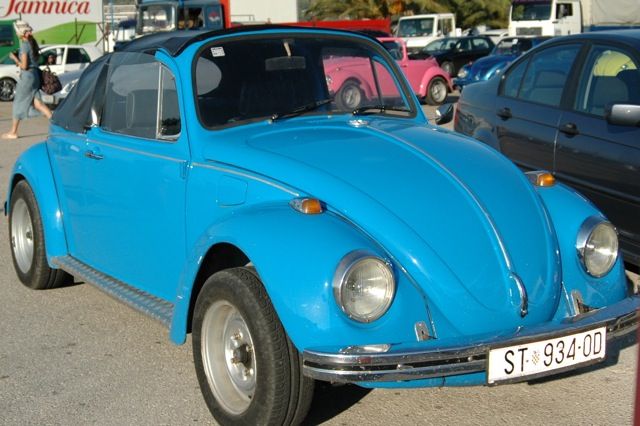
Many things make the Beetle a good car for the island. It doesn’t go fast, and doesn’t need to. With the top down, you can enjoy the freedom of the air, and passengers can enjoy the views, an added advantage of not speeding.
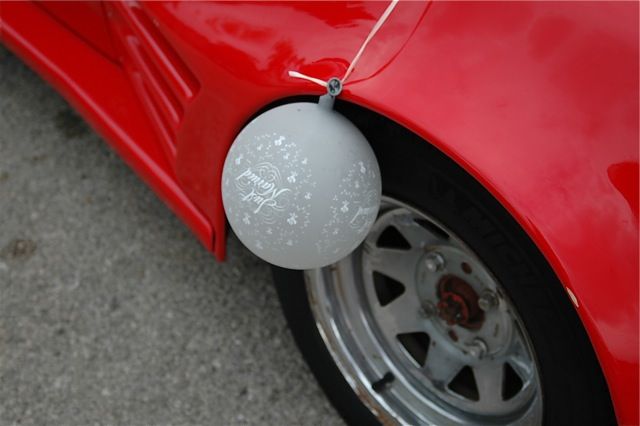
Apart from being fun to drive as a means of seeing the island, being seen and getting to favoured destinations, the Beetle is also a wonderful special-occasion car. It looks particularly happy and bright when dressed up for a wedding!
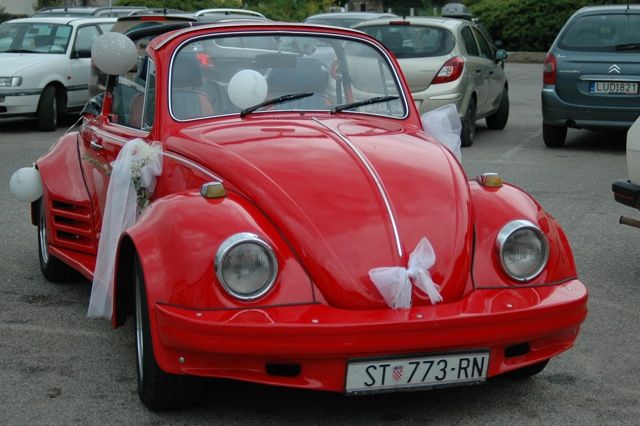
And it certainly stands out from the crowd, as seen here in Jelsa’s car park today, following yesterday’s festivities.

